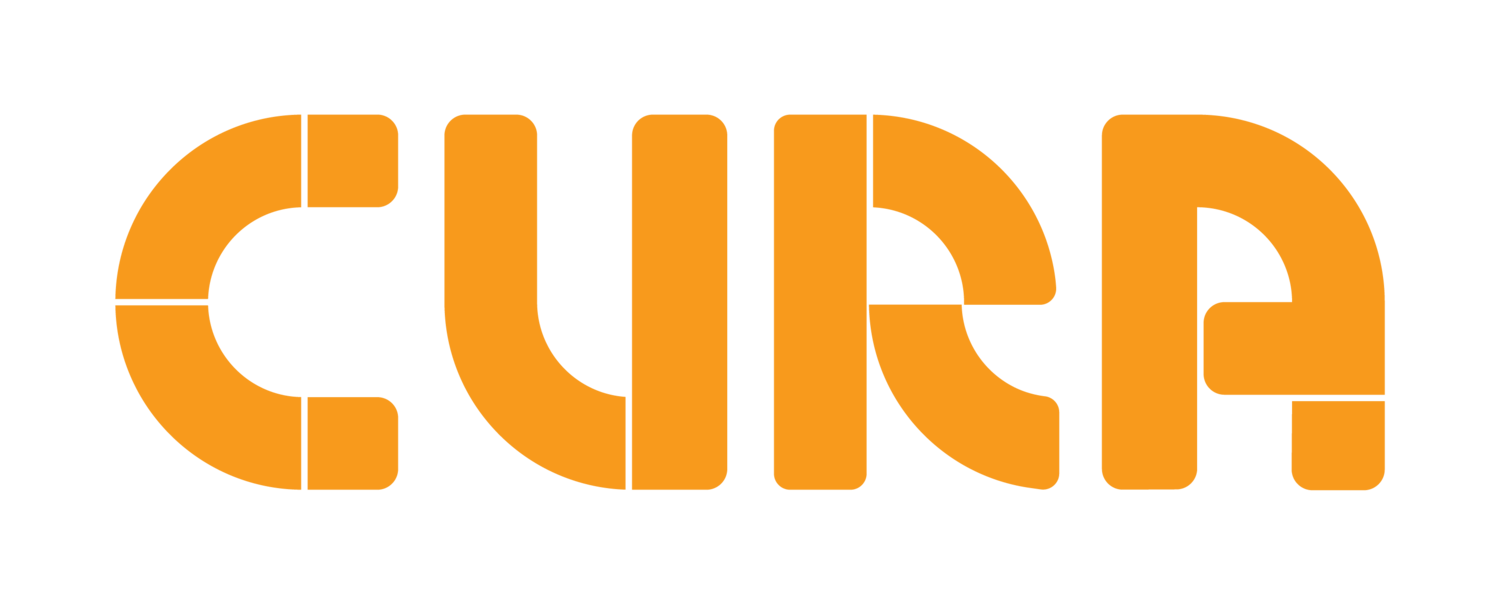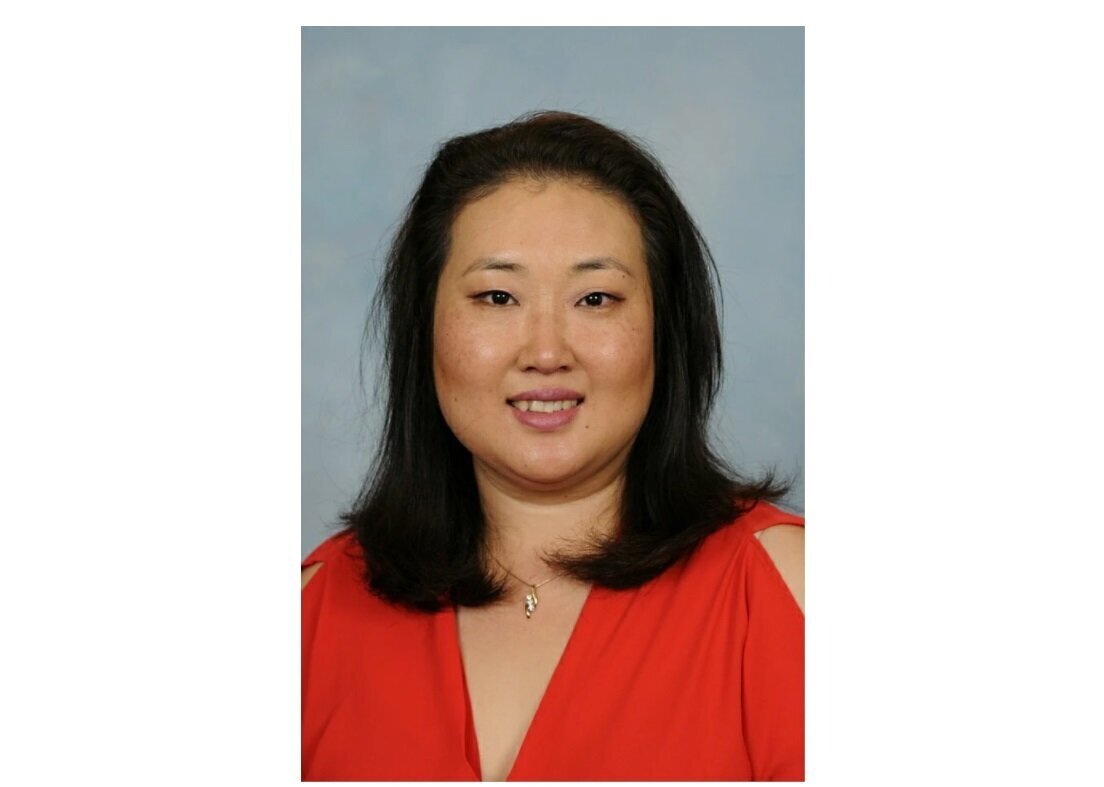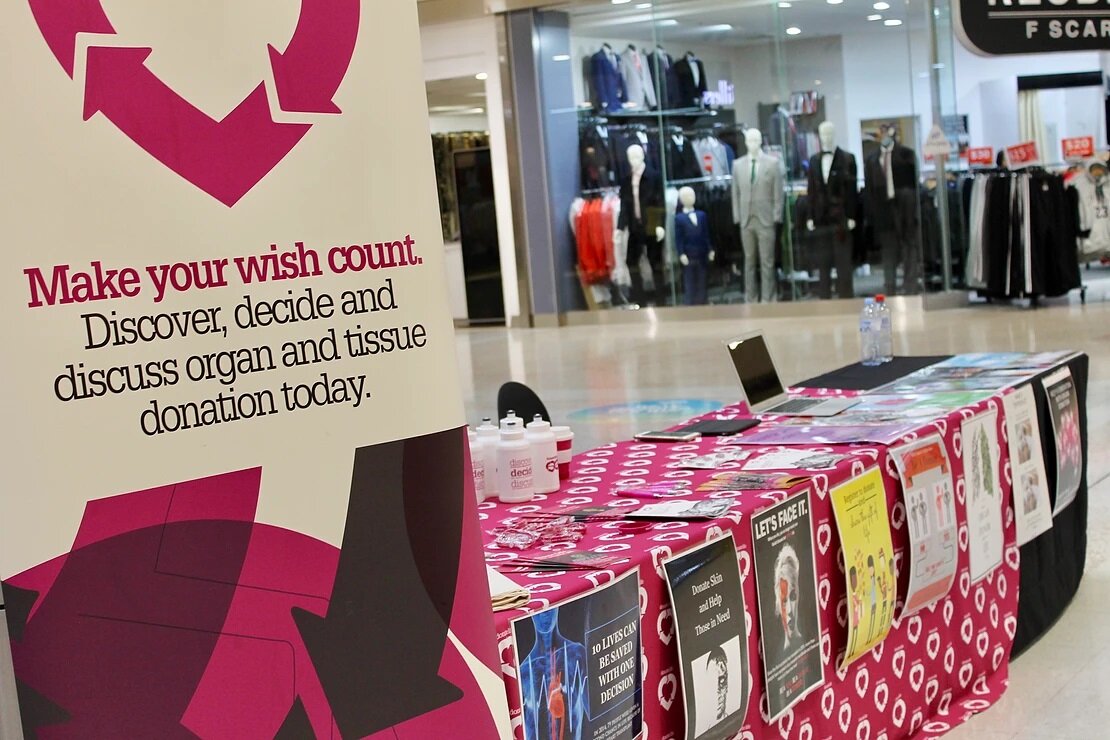Enhance your PBL unit through a community partner
St Johns Park High School is a comprehensive coeducational high school in South-Western Sydney, founded in 1978. Currently the student population is approximately 900 students.
We have been delivering PBL units to all Years 7 to 10 students for the past six years. We believe a Project-Based Learning (PBL) approach to teaching and learning engages students in rich and authentic learning experiences. It focuses on active, student-directed learning and encourages students to face complex challenges. PBL connects students and our school with communities locally and globally. It is transformative for students and teachers.
Soo Yon (Angela) Waesch, Head Teacher Professional Practice, has been leading the design and delivery of quality PBL projects across the school. A key aspect of the school’s success in implementing PBL has been in partnering with local industry and organisations for each project. In this article, we will explore how community partnerships can enhance a PBL unit and how to start forging links with prospective partners.
Soo Yon (Angela) Waesch - Head Teacher Professional Practice
The power of a community partner for PBL
A key to any successful PBL unit is in the authentic driving question that addresses real-world issues, and in giving students the chance to create solutions that result in a public exhibition of their work. This increases the level of student engagement and the quality of work that they produce; the stakes are raised so they know they need to put more effort into their solution. Most importantly, however, it connects students even more to the problem they are tackling, making the project experience rich and relevant. It is hard to replicate the excitement students feel when they can show off their solution in tandem with an industry partner and actively contribute to the resolution of the problem they have been working on!
We have always tried to ensure that we work with community partners across our projects, who can also function as the external audience for the end of project showcase. Our quest for authentic partners has provided our students with amazing opportunities to work with many brilliant organisations to enhance their work and deepen their understanding of the problem. When you get it right, the synergy between the external partners and your project can lead your students’ solutions to places they never imagined possible! It has also been an excellent way to engage the broader school community with the work we are doing as a school to engage students and prepare them for the 21st Century.
How have we worked with community partners?
We are always careful to select and approach a partner who we believe will have insight into the problem students are tackling and who can provide a ‘platform’ for students to deliver their solution outside the school and give them a greater audience for their work. Some examples are:
Our Year 10 PDHPE Mental Wellbeing project partner South Western Sydney Local Health invited our students to share their learning journey at a Youth Mental Health Summit. The summit was presented to over 500 students, teachers, and government & non-government health care professionals. The local Stockland Mall shared our students’ work on their display wall, giving students’ work and voice even greater reach in educating people about the importance of promoting positive mental health
Donate Life is our partner for our Year 9 Science PBL project “Heart to Heart”. Students have had the opportunity to share their work and learnings by going on a roadshow with the Donate Life team to promote organ donation. They have visited numerous shopping centres, local hospitals, and Fairfield City Libraries to give talks and present their work
St Johns Park High School students present on promoting positive mental health at a Youth Mental Health summit
Identifying an authentic partner for your PBL unit
The first step in finding a partner is in the planning stage. As soon as you have the project idea and the driving question, the direction is set. This is when you need to start having conversations with possible partners to see if there is any angle they can provide specialist advice on or if there is a particular product they would like your students to create. Two key questions to ask yourself are:
Will this organisation have knowledge that will help tie student learning to the problem?
Does this organisation have aims or goals that we can help promote through the creation of the students’ end product?
For example, when we decided on our driving question, “When will I need a new organ?”, for our Science PBL unit, we started reaching out to Donate Life. Their request was for our students to create posters to promote organ donation to be taken on roadshows. Our teachers extended this and added the requirement of a fact sheet to be created that addressed various scientific research questions to add depth to their learning. Once we committed to creating the posters, our partner connected us with an organ recipient and Donate Life nurses to come to talk to our students about their experiences. We even had the Donate Life nurses be part of the critique sessions to finetune their products. This made our students’ work meaningful! They felt like their classwork was going to contribute to making a positive change in saving lives! How powerful is that!?
Student roadshow for the St Johns Park High School 'Heart to Heart' PBL unit on organ donation
Contacting and securing a community partner
With your planning team, brainstorm possible local partners and then contact all of them via email. It is great to reach out to multiple different organisations – don’t pin all your hopes on the ‘perfect’ partner! We have found that the following contacts are a great place to start looking for possible partners:
Local council
Clubs
Charities/NGOs
Libraries
Universities
Friends and family of staff
Your initial contact should state your driving question, details of the final product, and what you would like their presence to achieve. Make sure you explain how the work you are doing in the project can support their organisation’s goals and objectives so that you can emphasise a mutually beneficial partnership. You need to be explicit in what you are asking for to ensure that the partnership will meaningfully add value to the project. More than anything, you should ‘sell’ your project to the partner and why they should get involved. When you talk about your projects with excitement, the excitement is shared by many who truly believe in supporting young people with their learning and are happy to share their expertise.
When you are asking for support, it is a good idea to have follow up with a person to person meeting or a phone conversation after you send them a detailed email of your request. This allows you to transmit your excitement in person (it is infectious!!) and to drill into the details of how you can work together and how they can support you. Be sure to clearly plan and stipulate how, when, and where you’d like to work with your community partner as early as you can (with specifics around who you might want to be involved, dates and times, and the role they play in the unit/what you need from them) as organisations will generally have their own internal approvals process to work through. If things are left vague or unspecific, that is when they can sometimes fall through
Sometimes the jigsaw puzzles come together, but if it does not work out one year, do not let that experience stop you from trying again for next year’s delivery. It is all a learning experience and the most important thing we have learned is that, to make PBL the biggest success it can be, you need to become the biggest learner. This innovative way of teaching has its challenges, but it is incredibly rewarding!



